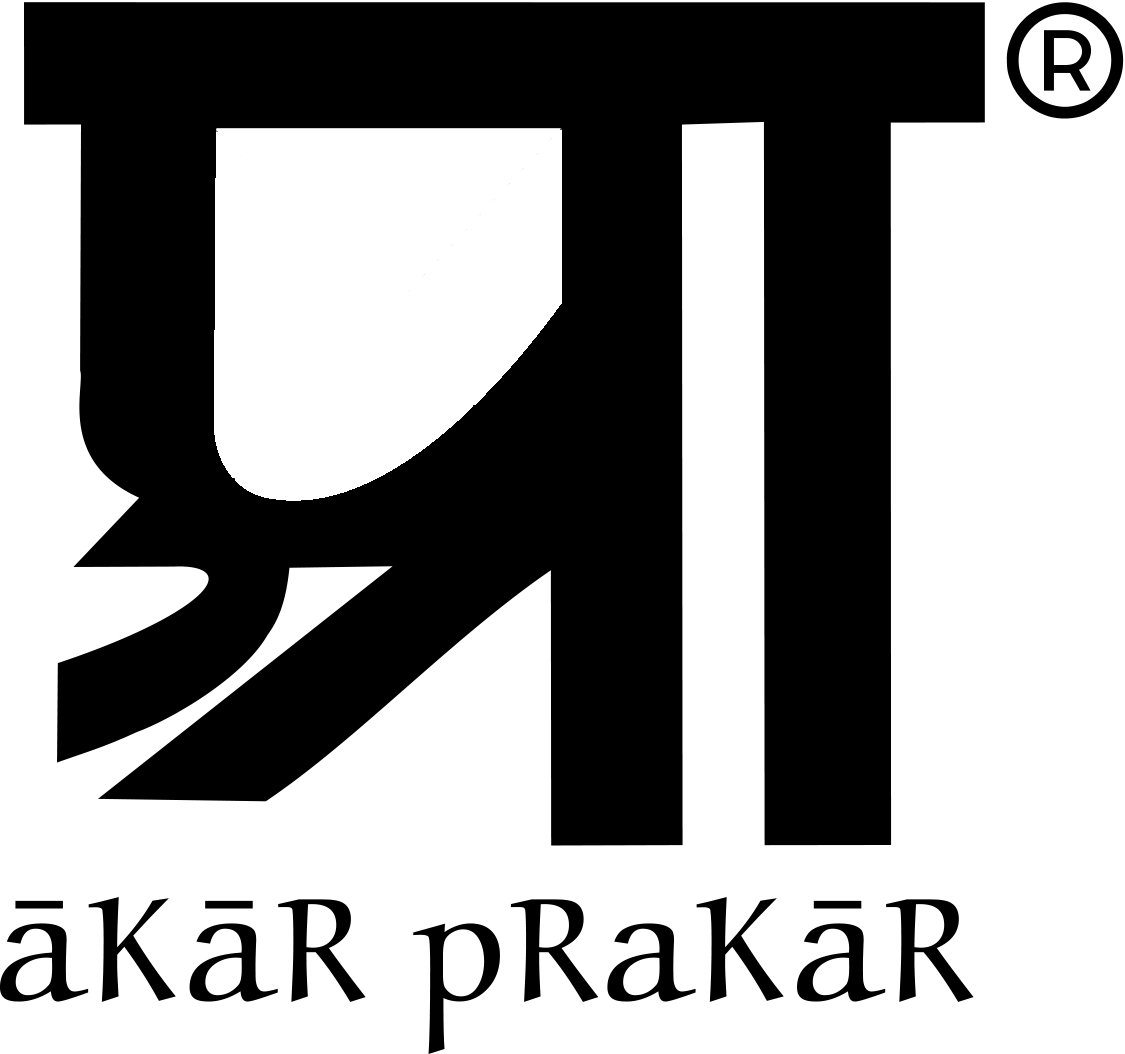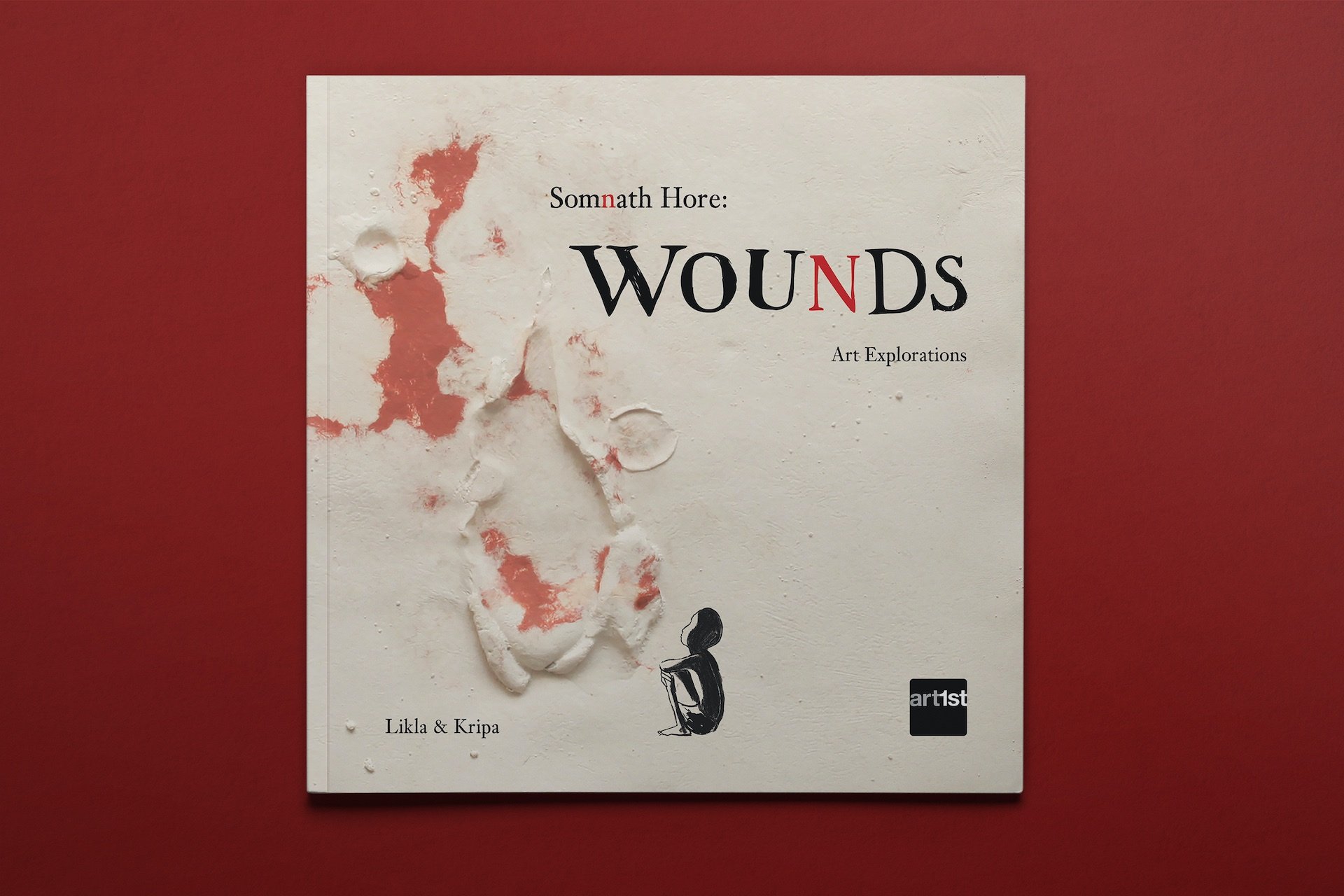Somnath Hore: Wounds
by Georgina Maddox
Somnath Hore
Wounds: An Exploration
Publisher: Art1st in collaboration with Akar Prakar
The Series Conceptualizer: Ritu Khoda
Writer: Likla
Illustrator Kripa who worked with Designer and artist Shambhavi Thakur
Somnath Hore: Wounds | Akar Prakar collection
Research and images sourced from Akar Prakar, that are also co-publishers with Art1st publication.
Somnath Hore: Wounds | Story Spread
The idea of the wound is universal and any child who has bumped and scraped their knee badly at the playground can relate to it. It is with this premise that the book Wounds: An Exploration which features the artwork of artist Somnath Hore begins to peel away the scabs on a dark and moving subject. It is a topic even adults often shy away from, let alone children want to explore. Especially because Hore is not talking about the superficial wounds that heal up quickly and are soon forgotten. The artist was born in 1921 in Chittagong, now Bangladesh, and his work was deeply influenced by the crises of his time, among which were the Bengal Famine of 1943 and the Tebhaga movement.
Somnath Hore: Wounds | Story Spread
By talking of the difficult emotional and mental wounds that are left behind - events like the partition of India and Bangladesh or the wounds left behind by impoverishment, displacement and destitution, Hore’s work was and still is unique in all its manifestations, whether painterly or sculptural.
Akar Prakar provided images of the artist’s work from their extensive collection and supported the research by arranging online discussions with art historians such as Pranab Ranjan Ray who was a close friend of Somnath Hore and is also an art critic, so they got first-hand information on the artist’s life, from him.
“Doing an artbook for children is niche but our team has worked successfully on art books for children,” says Likla who worked on Art is a Verb which was a fun book with Art Integration. The team has worked on two other books with Ritu (Khoda) “This is third in our artist series following Raza’s Bindu and Ambadas’s Dancing Brush, both written by Ritu Khoda and Vanita Pai,” says Likla.
“Ritu has made working on books that look at art, graffiti, the city and other visually driven narratives such an interesting project that we could not keep away from the second installment,” says the team comprising of illustrator Designer and artist Kripa and Shambhavi Thakur and author-writer Likla. The team have thoughtfully pieced together his life in a manner that is accessible to children above seven, from all classes and regions.
“The format of the Art1st books carefully considers art pedagogy to support effective art appreciation and art-making through the lives and works of Indian artists.
The book has been conceived so that it can be a ‘read aloud’ with a parent, guide or teacher for children above the age of eight and it comes with an instruction manual that makes it an easier process for all those involved in the process of reading and looking at the book. One could also argue that it operates on a purely visual level, where reading the text is not always necessary. Children do connect on a purely visual level and much has already been written about the impact of the picture book.
Kripa who is an illustrator-artist of the book, says that it all depends on “Which set of children are you reaching out to. Is it privileged bunch that we often like to shield and keep away or the other set of kids for whom this is often reality?” Kripa argues that all of the children may visit our galleries for art appreciation since people are free to walk in with family and children looking at art. There are community libraries stocked with Children’s literature, mental health experts who can access a book like this and even govt schools can order for the book and reach out to multiple readers who can have access to the tales and stories.
Somnath Hore: Wounds | The Record Keeper Project
What is striking about the book though is that it does not mention the British Colonial rule in India even though much of the war and famine was created by the British especially the Bengal Famine that Hore has done some of his most important and valued sketches of, hence why that omission?
“When writing the book, one decided to take Hore’s personalized perspective and not the historic view. One referred to the writing of his diaries and journals where he never really talked about the British. He actually never cared about the colonizers a very different take on it. British rule didn’t spring out as the first things his art addressed, in fact, he saw it from the viewpoint of the common people, the farmers and not the British,” says Likla.
Somnath Hore: Wounds | Mumbai Launch
While designing also the team took from his artworks and his expertise. The illustrations came into place and it was more interesting to think about his process and take a pause to look at that. Kripa and Likla also explain that it was a non-linear and unconventional biography. “Each page carries twenty years of the life of an artist,” says Likla. “The book is intended to help the children understand instead of shying away from the difficult subjects, not knowing what to do later on when such difficult questions do come up,” says Kripa.
The team began working on the book in December and they loved the first draft written by Likla and then Kripa joined them in January. They all decided to keep the narrative open-ended and try to cover every aspect of the artist’s life. It was a collaboration between writer, illustrator and publisher where each person had the freedom to explore, express creatively within a space of co-creation, each bringing their strength, experience and unique way of looking at the world. Besides the Art1st office, in Vile Parle Mumbai, has lots of books on artists and it is a rich resource for the team that is mostly based in Mumbai to access.
Somnath Hore: Wounds | Mumbai Launch | Panel Discussion with Kripa, Shambhavi and Likla (Left to Right)
The team was concerned about how the children receive Somnath Hore’s work, as in it shouldn’t end up becoming a dark tale and leave children with a morose feeling. When an image of Hore’s dog was displayed one of the team members said, “I think the dog is going to wag its tail,” and that got everyone laughing and it took on its own effect on the narrative. The author, illustrator and designer all plugged into responses they were getting from their cousin’s children aged eight and seven. Kripa came in with her illustrations and artistic touch getting the children to feel the vibrancy and the colours by interacting with kids as their guiding star, they were able to imbue the book with not just the sense of sadness but also the lively attitude of the young and most importantly a sense of hope. One looks at the story and narrative of the artist through the lens of the reader who interacts with the book that is filled with illustrations, art, vocabulary and storytelling activities.
Shambhavi recalls that while she was in New York studying design and art the course was extremely Euro-Centric. She spent two years studying European art and two months studying Asia and African art. Her intention was to them spend more time on design and art in India to reflect on the general culture and history of her own country.
Art1st has plans for the book. It was launched in Mumbai on the 20th of August at the lively books store, Title Wave in Bandra. The launch at Delhi and Kolkata are still pending. In Delhi, she is planning an event titled Paint your Wounds, a workshop with the Bookaroo Trust, known for its lit-fest for children.







